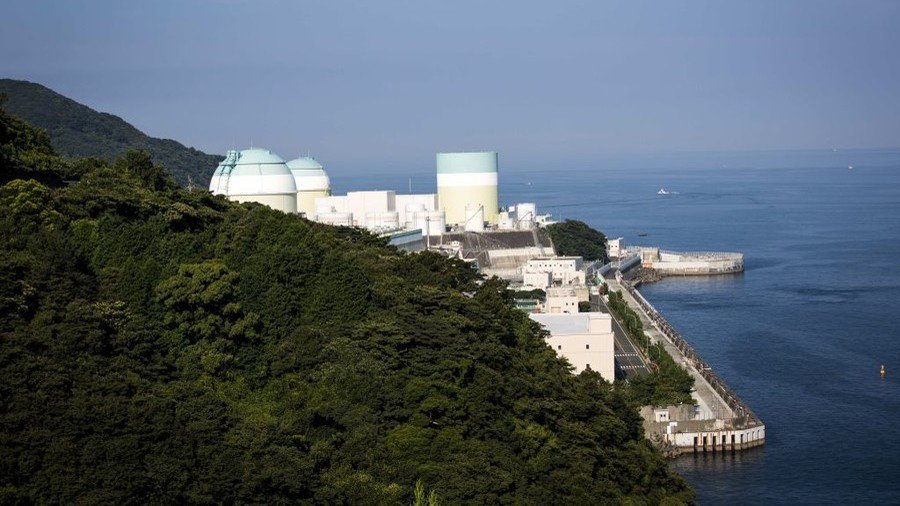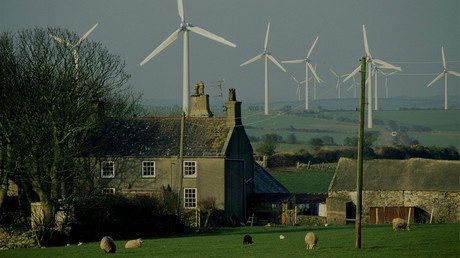In wake of Fukushima disaster nuclear energy stages comeback in Japan

Nuclear energy in Japan may be making a significant comeback, it is just not going to be able to meet the government’s lofty production goals for 2030, according to a recent Reuters report.
The Japanese government had set a target for nuclear to make up at least a 20 percent share of Japan’s total electricity production over the next decade. The goal is part of a wide scale effort to push nuclear forward after the industry was all but obliterated in the wake of the 2011 Fukushima disaster.
On March 11, 2011 the largest earthquake ever recorded in Japan (9.0–9.1 Mw) caused a devastating tsunami to crash into the Japanese coastline, causing no fewer than three meltdowns at the Fukushima nuclear plant, in addition to hydrogen-air explosions, the release of radioactive material, and a lasting, distrust of the safety of nuclear energy throughout Japan and across the globe.
At the time of the disaster, Japan depended on 54 functioning nuclear reactors for a huge portion of its power. Immediately after, the number of functioning nuclear plants dropped to zero, and in the intervening years only 8 began producing again, all of which had to secure new operating permits. Fearing the end of the Japanese nuclear sector entirely, thanks to the well-founded public fear and unceasing oceans of bad press, Japan even went so far as to turn to coal in their desperation to make up for the energy production loss.
Post-Fukushima, running a nuclear plant has become harder in many ways. Japan instated much more stringent safety measures, and the nuclear industry has been slammed with countless lawsuits, among other setbacks. Perhaps most importantly, the nuclear industry has had to battle tirelessly to win back the confidence of the Japanese people. Fukushima isn’t just present in people’s memories; its legacy of damage is ongoing. Six reactors at the Fukushima Daiichi are currently being dismantled as part of a cleanup process that takes decades and is complicated by technological challenges and radioactive waste.
Now, eight years later, Japanese nuclear is still nowhere close to meeting its production levels from before the Fukushima meltdown, but it has been making a slow and steady comeback. Now, nuclear has even finally managed to outpace the production of renewable energy plants in Japan (with the exception of hydroelectric power) for the first time since the 2011 disaster, thanks to major campaigning by the industry itself along with government support.
Regional nuclear utilities throughout the island nation have been fighting back relentlessly since 2011 against a tide of lawsuits (and winning) and have spent a lot of time and money appealing to the towns where nuclear plants are based in order to bolster public support for bringing nuclear back to life. The government also sweetened the deal with generous subsidies for many local projects.
Russia to construct 6 nuclear power plant units in #Indiahttps://t.co/M4zCzrl8ZVpic.twitter.com/xEf3INAW8K
— RT (@RT_com) October 5, 2018
The strategy has been working extremely well. The nuclear revival is especially visible in rural Japan, where most of the nuclear plants are located and support among locals, many of whom would be employed by the reopened plants, is growing steadily.
Japan is currently on track to have nine reactors back up and running in the very near future, with 8 already functioning and one slated to begin operations later this month. Yes, this is a just a tiny fraction of the 54 nuclear power plants that were powering Japan until 2011, but it’s still much more than many experts expected after the lasting devastation of the Fukushima disaster and the subsequent widespread resentment of nuclear plants.
Read more on Oilprice.com: Why Trump decided to back down on Iran
While things are steadily improving for Japanese nuclear, it is nevertheless expected that as few as six nuclear power plants will restart operations over the next five years. This is a starkly meagre beginning if Japan is to somehow reach the government's 2030 goals, which would require a whopping 30 nuclear power plants. Ultimately, based on these numbers, Reuters researchers projected that nuclear will probably achieve only 14 percent makeup of Japan’s total power production by 2030, instead of the 20 percent it is striving for.
This article was originally published on Oilprice.com















